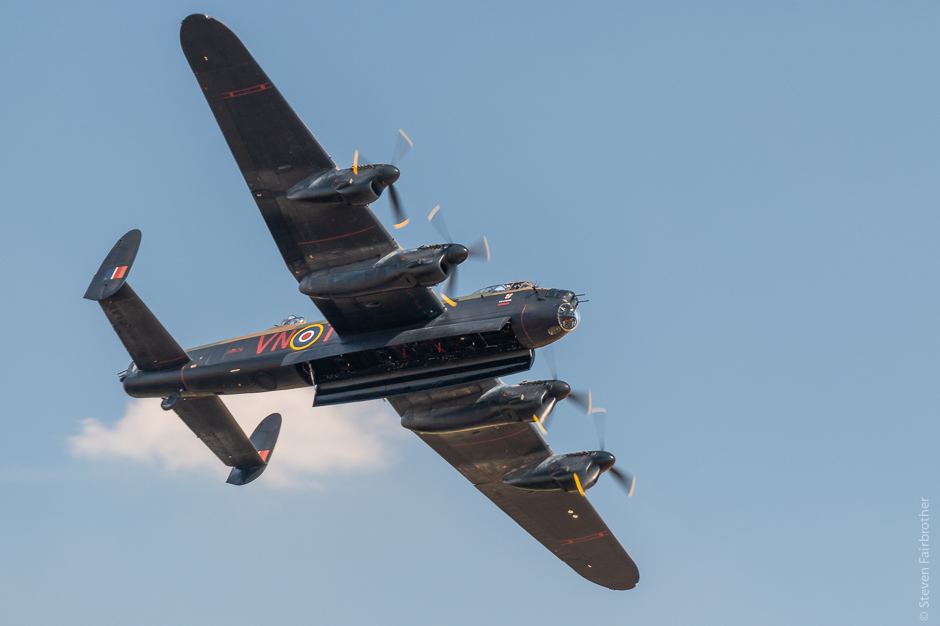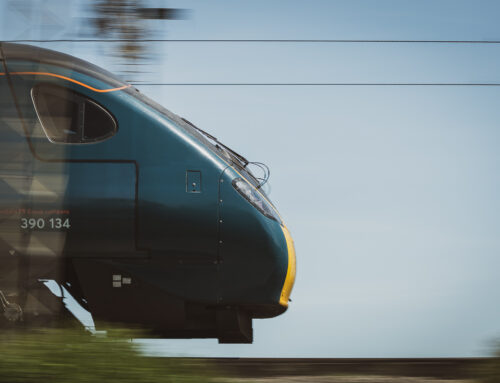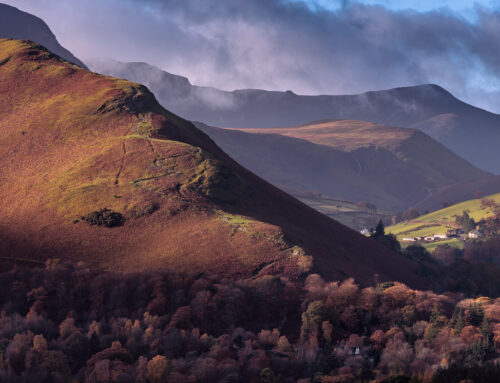I had a great time on my recent trip to Duxford to see the Flying Legends airshow. I’ve been meaning to see an airshow for ages. Living next to an airport as a kid we’d often be treated to visits from the Red Arrows or Concorde and one of the first things I tried photographing (badly) were aeroplanes.
IWM Duxford
This was my first visit to Duxford and it soon came apparent it was worth visiting even without an airshow just for the Imperial War Museum. Arriving early I spent the morning wandering around the various exhibits, marvelling at how some of them ever managed to get off the ground. It’s not until you see them close-up and see the rivets holding on a thin outer skin of metal that you wonder how some can travel faster than the speed of sound at 10s of thousands of feet.
The flight line
For an extra fiver, you can walk along the flight line for a closer look at some of the planes taking part in the airshow.
Models dressed in period costumes are placed in front of the aircraft which makes for great photos. I’ve processed the ones below with a bit of an aged look. I was going to study actual photos from the period and spend time making them look as accurate as possible but it dawned on me if they were going to be truly accurate the models would need to be 40 years younger too! So I just went with a slight vintage feel which I think suits the images.


The airshow
Most of the best spots along the barriers were already taken by empty chairs. Seems it’s the done thing to take a chair to mark your spot so you can then go off for a few hours knowing you’ve a prime location to return to.
I tried to travel light for once. Just my DSLR, 80-400mm and 24-70mm lens plus a compact camera. There was no need for a tripod, although one could have come in useful in the hangers, as photographing planes in flight is done handheld (by most).
The trick with photographing propeller aircraft is to shoot with a shutter speed fast enough to make the aeroplane sharp, but the propellers blurred. Typically this means around the 1/200th second mark, but it varies depending on the aircraft (and your skill level). Bare in mind they are often fast moving and you’re shooting handheld at a long focal length meaning your hit rate can be quite low. Well, mine seemed to be! I’ll admit to upping my shutter speed after seeing how many looked blurry on the back of the camera, just so I had some keepers. Turns out when I viewed them on my computer I’d been more successful than I’d first thought.
The conditions could have been a bit better. It was 29˚c, which was pretty uncomfortable and there was only patchy cloud. Planes nearly always look better with some of the fluffy stuff in the background, but I should be grateful is wasn’t dull, grey and raining.








My favs of the display were the P38 Lightning (I built a model of one as a kid) and the B25 Mitchell, their polished metal bodies looked great in the sunlight.
After enjoying it so much I plan to make airshows a regular part of my photographic year.

















